Exploring 1,3-Propanediol: Applications and Production
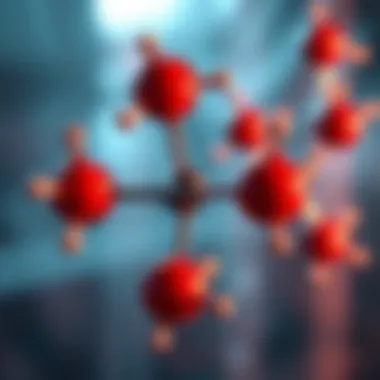
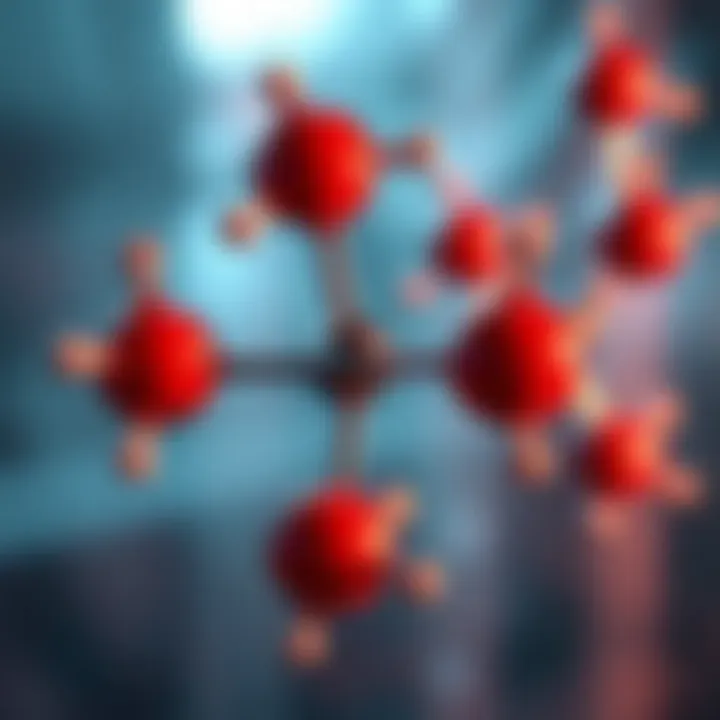
Intro
1,3-Propanediol is catching lot of attention in various sectors today. This compound has established itself as crucial in industries like pharmaceuticals, cosmetics, and even food production, signaling a shift towards more sustainable options. With growing challenges around environmental concerns, its rise as a bio-based building block cannot be overstated. Understanding the applications, production methods, and implications of 1,3-propanediol is essential for students, researchers, educators, and professionals who are navigating the ever-evolving scientific landscape.
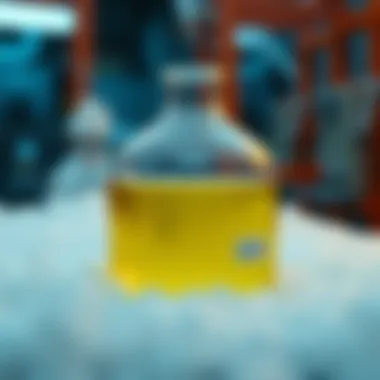
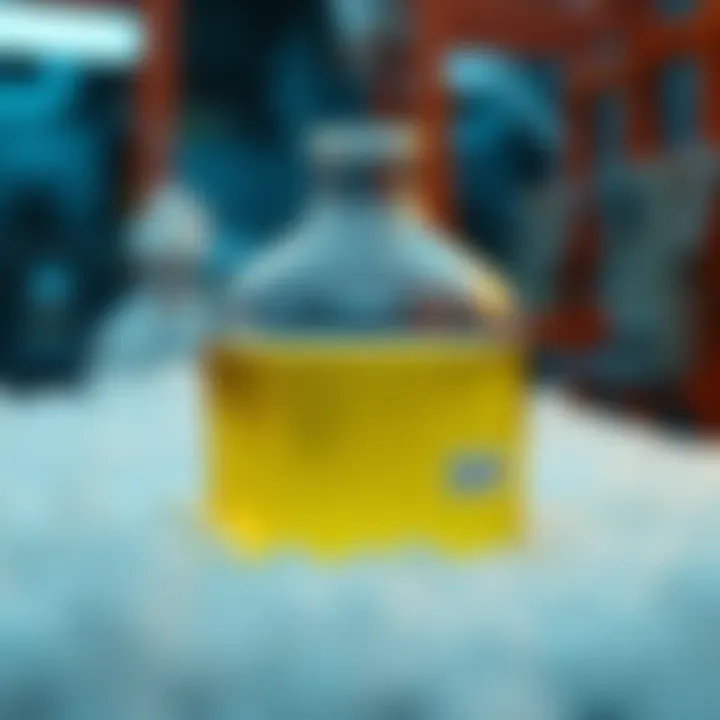
Essentially, 1,3-propanediol offers a green alternative to traditional petrochemical-derived compounds. Its unique properties lend themselves to an impressive array of uses. The journey of this compound from raw materials to a finished product is not only fascinating but also underscores the important intersection of science and sustainability. Tackling everything from manufacturing processes to environmental impact, this exploration seeks to shed light on where 1,3-propanediol fits in the broader context of our global economy.
Featured throughout this article are detailed analyses of its chemical properties, methods of production, and the multiple applications in which it shines brightly. Readers can expect to discover why 1,3-propanediol is pivotal in meeting modern-day challenges and what the future holds for this compound.
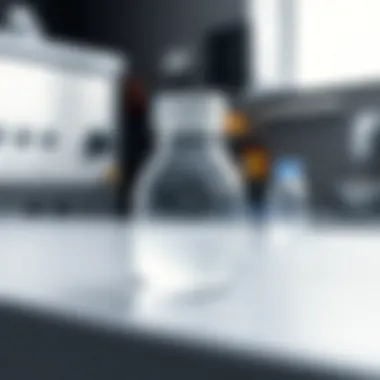

Preface to ,3-Propanediol
1,3-propanediol is a compound that has garnered significant attention in various industries, particularly for its versatility and wide-ranging applications. It has emerged as a crucial player in fields such as pharmaceuticals, cosmetics, and food production. As we navigate through the intricacies of its chemical properties and production methods, understanding the foundation of this compound becomes vital.


The relevance of 1,3-propanediol goes beyond just its application; it is much about how it serves as a sustainable alternative to petroleum-based products, aligning with the growing demand for eco-friendly solutions. This article aims to illuminate various facets of 1,3-propanediol, exploring its significance through distinct lenses such as production methods and environmental implications, painting a comprehensive picture for readers who are both knowledgeable and curious about advances in contemporary science.
Definition and Chemical Structure
To properly grasp the importance of 1,3-propanediol, let’s break down what it really is. In simple terms, 1,3-propanediol is a colorless, viscous liquid with the chemical formula C3H8O2. Structurally, it possesses two hydroxyl groups (-OH) attached to the first and third carbon atoms, making it a diol. This unique arrangement not only contributes to its physical and chemical characteristics but also enhances its functionality across various applications.
The molecular structure can be illustrated as follows:
H H H | | | H--C---C---C--OH | | | H OH H







